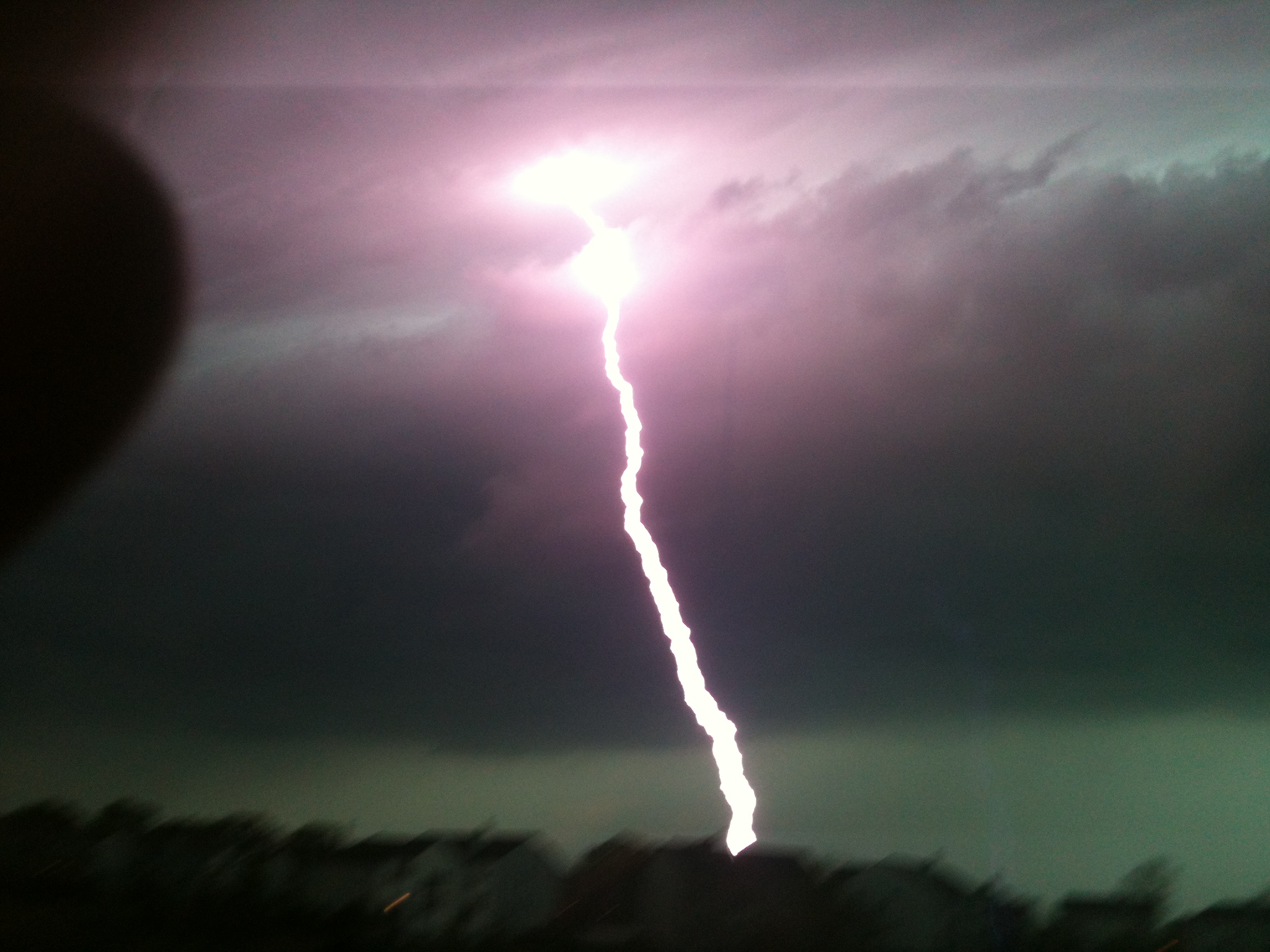
Tornado Watch and Severe Storms Rattle Chicago as Weather Turns Dangerous
Hey everyone, let me give you a quick but very important update on what’s been going on across the Chicago area this afternoon. If you’ve stepped outside or looked at your phone alerts, you already know—today’s weather has been anything but ordinary.
As of this afternoon, a tornado watch was issued for Kenosha County in Wisconsin, and large portions of northeast Illinois and northwest Indiana have been under severe thunderstorm watches and warnings . This includes Cook, Will, and Kankakee counties in Illinois, along with Lake, Porter, Newton, and Jasper counties in Indiana. These alerts were triggered by a fast-moving line of strong-to-severe storms that rolled through the region between 2 and 8 p.m.
Also Read:- A Nighttime Spectacle Celebrating Daniel Bélanger
- Lili Reinhart Set to Shine in 'The Love Hypothesis' Adaptation
We’re talking wind gusts over 60 miles per hour , penny-sized hail , and the potential for isolated tornadoes . Storms swept from west to east, hitting areas like South Deering, Dyer, and Lowell, moving at nearly 55 miles per hour. It’s been an intense few hours.
Multiple severe thunderstorm warnings were issued throughout the day for Cook, DuPage, Kane, and Will counties, just to name a few. In fact, there were even signs of rotation spotted in parts of DuPage County earlier, which had folks on high alert for tornado development, even though it didn’t evolve into a full-blown warning.
The impact was immediate. Thousands of ComEd customers lost power—some areas like Aurora and University Village reported downed trees and live wires. Not to mention the ground stops at O'Hare and Midway Airports , leading to widespread delays and cancellations. O'Hare alone reported over 100 flight issues.
Now let’s talk about the air quality , which honestly has been another layer of concern. An Air Quality Alert remains in effect until midnight, with the thick, humid air and high dew points contributing not just to storm intensity, but also to unhealthy breathing conditions, especially for people with asthma or other respiratory issues.
As these storms move out and a frontal boundary passes through, we’ll finally see relief tomorrow. Expect cooler, drier air with highs in the mid to upper 70s—pretty mild compared to today’s oppressive low 90s and brutal humidity.
Bottom line: today has been a clear reminder of how quickly things can change when it comes to Midwest weather. If you’re in any of the affected areas, stay alert, follow local advisories, and avoid any downed power lines or flooded roads. And once the skies clear, take a deep breath—but maybe not too deep until that Air Quality Alert lifts.
Stay safe out there, Chicago.
Read More:

0 Comments